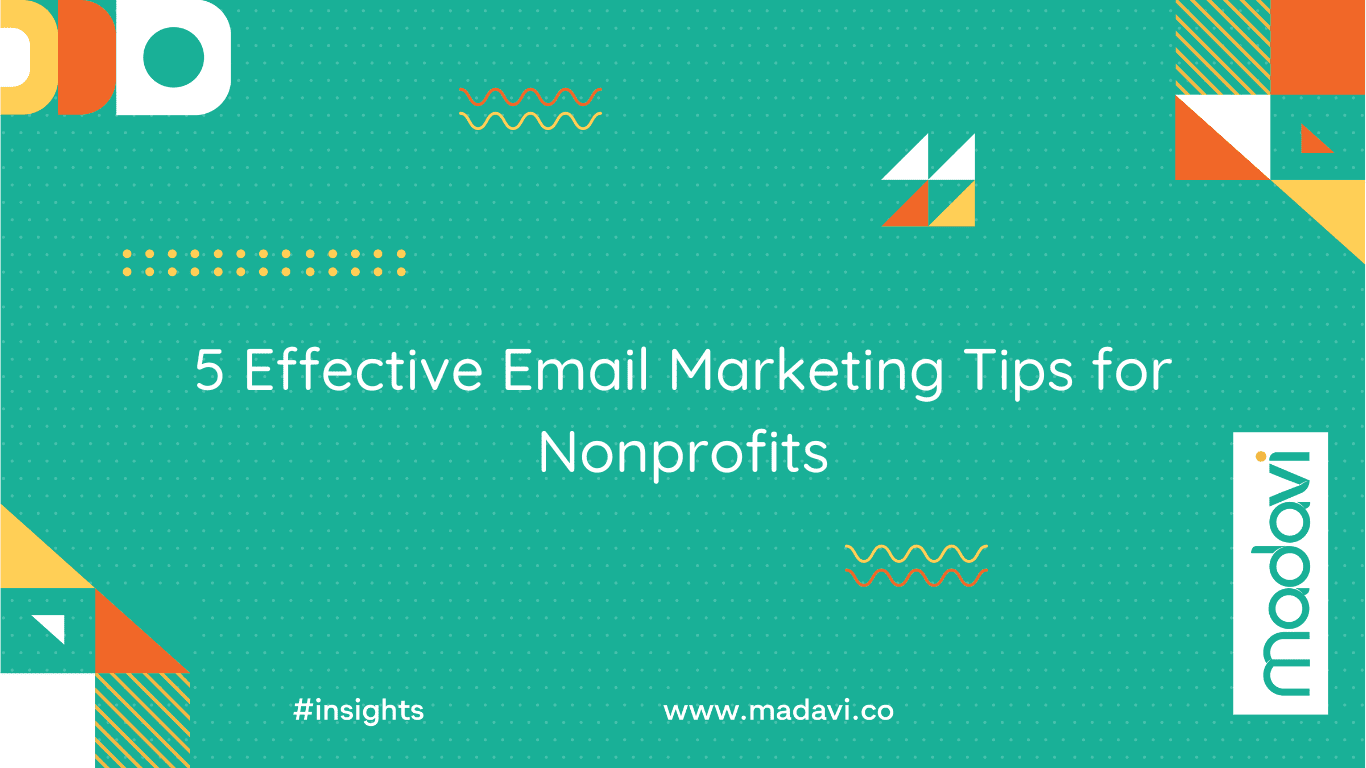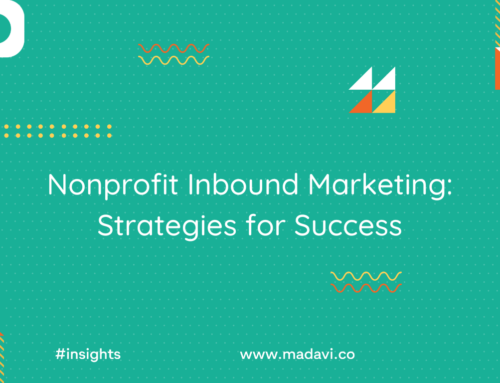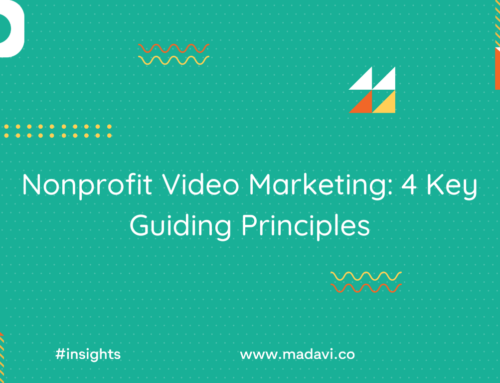Table of Contents
Are you looking for a cost-effective way to reach your target audience and increase donations? Look no further than email marketing. Email marketing is a powerful digital marketing strategy that cuts across industries and allows you to communicate directly with your supporters and prospects through their inboxes. With the right approach, you can use email marketing to build relationships, engage supporters, grow your donations, and increase the impact of your nonprofit organization.
Email marketing is a form of direct marketing that involves sending promotional messages to a list of subscribers who have opted-in to receive your emails. Unlike other forms of digital marketing, email marketing allows you to personalize your messages and target specific segments of your audience based on their interests, behaviors, and demographics. This makes it an effective way to nurture leads, build awareness, and drive donations.
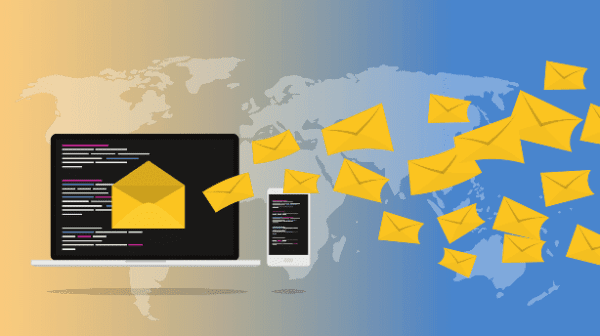
For nonprofits, email marketing has many associated benefits, including sharing the impact of your organization on solving social problems, increasing donations, and engaging with supporters. It is the most cost-effective and time-saving marketing strategy for nonprofits, which corresponds with the scarce resources and limited staffing that is characteristics of nonprofit organizations.
To get the most out of your email marketing campaigns, you need to have a solid strategy in place. This includes building a high-quality email list, creating engaging content, optimizing your emails for deliverability and open rates, and tracking your results. With the right approach, email marketing can be a powerful tool for growing your business and achieving your marketing goals.
1. Email Marketing Strategies
Email marketing is a powerful tool that can help you connect with your supporters and grow your business. In this section, we will discuss some of the most effective email marketing strategies and how you can use them to achieve your goals.
Segmentation and Personalization
One of the most important email marketing strategies is segmentation and personalization. By segmenting your email list and sending personalized messages to each group, you can increase engagement and conversions. For example, you can segment your list based on demographics, interests, or behavior, and then tailor your messages to each group. This can help you deliver more relevant content and offers, which can lead to higher open rates, click-through rates, and conversions.

A/B Testing and Optimization
Another key email marketing strategy is A/B testing and optimization. By testing different elements of your emails, such as subject lines, content, and calls to action, you can learn what works best for your audience and optimize your campaigns for better results. For example, you can test two different subject lines and see which one gets a higher open rate. Or, you can test different images or layouts to see which ones get more clicks. By continually testing and optimizing your campaigns, you can improve your email performance over time.
Automation and Drip Campaigns
Finally, automation and drip campaigns are essential email marketing strategies that can save you time and increase your return on investment. With automation, you can set up triggers and workflows that automatically send emails based on certain actions or behaviors that users take on your website. For example, you can set up a welcome series that sends a series of emails to new subscribers over a period of time. Or, you can set up a drip campaign that sends a series of emails to customers who abandon their donation process. By automating your campaigns, you can deliver timely and relevant messages to your audience without having to manually send each email.
In summary, segmentation and personalization, A/B testing and optimization, and automation and drip campaigns are three of the most effective email marketing strategies you can use to achieve your goals as a nonprofit organization. By implementing these strategies and continually testing and optimizing your campaigns, you can deliver more relevant and engaging content to your supporters and drive better results for your cause.
2. Creating Effective Email Campaigns

While being an effective way to communicate with your supporters and increase donations, creating an email campaign that achieves desirable results can be challenging. In this section, we will discuss the key elements of creating effective email campaigns.
Design and Content
The design and content of your email campaign are crucial to its success. Your email should be visually appealing and easy to read. Use a clear and concise layout, with a balance of text and images. Make sure your email is optimized for mobile devices, as more than half of all emails are opened on mobile devices.
Your email content should be engaging and relevant to your audience. Personalize your emails with the recipient’s name and tailor your content to their interests. Use a conversational tone and keep your message short and to the point. Include a clear call-to-action (CTA) that encourages the recipient to take action.
Subject Lines and CTAs
Your subject line is the first thing your recipient will see, so it’s essential to make it attention-grabbing. Use a clear and concise subject line that accurately reflects the content of your email. Avoid using spammy or clickbait subject lines, as these can harm your email deliverability and reputation.
Your CTA is the key to driving conversions from your email campaign. Use a clear and concise CTA that tells the recipient what action you want them to take. Use action-oriented language and make it easy for the recipient to take the desired action.
Tracking and Analytics
Tracking and analytics are essential to measuring the success of your email campaign. Use an email marketing platform that provides detailed tracking and analytics, such as open rates, click-through rates, and conversion rates. Use this data to optimize your future email campaigns and improve your overall email marketing strategy.
3. Growing Your Email List
One of the most important aspects of email marketing is growing your email list. The larger your email list, the more supporters you have to engage with and ultimately convert into donors. Here are some effective strategies to help you grow your email list.
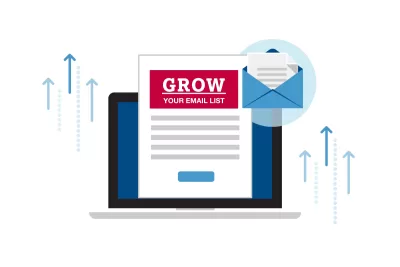
Opt-In Forms and Newsletters
Opt-in forms are a great way to grow your email list. They allow visitors to your website to subscribe to your email list by providing their email address. You can place opt-in forms in various locations on your website, such as the sidebar, footer, or even as a pop-up.
When designing your opt-in forms, make sure they are visually appealing and easy to use. Clearly state the benefits of subscribing to your email list, such as exclusive offers or valuable content. You can also offer a lead magnet, such as a free e-book or webinar, to incentivize visitors to subscribe.
Another effective way to grow your email list is through newsletters. Newsletters provide subscribers with regular updates on your organization’s activities and events. Make sure your newsletters are well-designed and provide value to your subscribers. Include impactful or interesting stories and projects to keep your subscribers engaged.
Subscriber Engagement
Subscriber engagement refers to those who open and click your email. Engaging with your subscribers is crucial for maintaining a healthy email list. Make sure to send regular emails to your subscribers, such as newsletters or event emails. However, avoid sending too many emails, as this can lead to unsubscribes and decreased engagement.

Personalization is also important for subscriber engagement. Use your subscribers’ names in your emails and segment your email list based on their interests or behaviors. This allows you to tailor your emails to their specific needs and interests.
Hence, growing your email list requires a combination of effective opt-in forms and engaging newsletters, as well as regular subscriber engagement. By implementing these strategies, you can expand your email list and ultimately increase your customer base.
4. Email Marketing Tools and Platforms
MailChimp and HubSpot
When it comes to email marketing tools, many exist but two of the most popular options are MailChimp and HubSpot. Both platforms offer a variety of features to help you create, manage, and analyze your email campaigns.
MailChimp is a user-friendly email marketing tool that is great for beginners. It offers a drag-and-drop email builder, pre-designed templates, and a variety of automation options. With MailChimp, you can easily create and send email campaigns, track your results, and manage your subscriber list.
HubSpot, on the other hand, is a more comprehensive marketing platform that includes email marketing as one of its many features. In addition to email marketing, HubSpot offers tools for social media, blogging, landing pages, and more. HubSpot is a great option for businesses that want to manage all of their marketing efforts in one place.
Comparing Email Marketing Tools

When choosing an email marketing tool, it’s important to consider your specific needs and budget. Here are some factors to consider when comparing email marketing tools:
- Ease of use: Look for a platform that is user-friendly and easy to navigate.
- Features: Consider the features you need, such as automation, A/B testing, and analytics.
- Pricing: Compare pricing plans to find a platform that fits your budget.
- Integration: Make sure the platform integrates with your other marketing tools and software.
Some popular email marketing tools to consider include Constant Contact, AWeber, and ConvertKit. Each platform offers its own unique features and pricing plans, so be sure to do your research before making a decision.
Overall, email marketing tools can be a valuable asset for nonprofits. With the right platform, you can create engaging email campaigns, track your results, and grow your subscriber list.
5. Measuring Email Marketing Success
Email marketing is a powerful tool for engaging with your audience and driving up donations. However, to make the most of your email campaigns, you need to measure their success. In this section, we will discuss the key performance indicators (KPIs) and return on investment (ROI) metrics that you should be tracking to evaluate the effectiveness of your email marketing efforts.
Key Performance Indicators
KPIs are measurable values that demonstrate how effectively you are achieving your marketing goals. Here are some of the most important KPIs to track for email marketing:
- Open rate: The percentage of recipients who opened your email.
- Click-through rate: The percentage of recipients who clicked on a link in your email.
- Conversion rate: The percentage of recipients who completed a desired action, such as making a donation or filling out a form.
- Bounce rate: The percentage of emails that were undeliverable and returned to the sender.
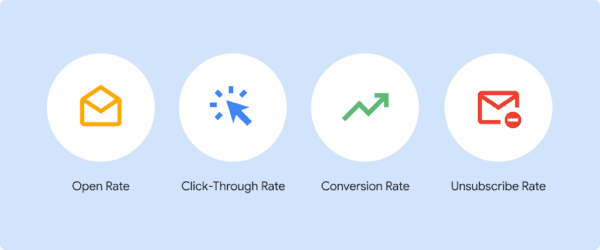
By tracking these KPIs, you can identify what is working and what isn’t in your email campaigns. For example, if your open rate is low, you may need to work on improving your subject lines or sender name. If your click-through rate is low, you may need to make your calls to action more prominent or compelling.
Return on Investment
ROI is a measure of the profitability of your email marketing campaigns. To calculate your ROI, you need to compare the donations raised by your campaigns to the cost of creating and sending the emails. Here’s the formula:
ROI = (Donations - Cost) / Cost
For example, if you spent $1,000 on an email campaign and generated $5,000 in donations, your ROI would be:
ROI = ($5,000 - $1,000) / $1,000 = 4
In other words, for every dollar you spent on the campaign, you earned $4 in donations.
Tracking your ROI is important because it allows you to determine whether your email marketing campaigns are generating a positive return on investment. If your ROI is negative, you may need to re-evaluate your strategy or find ways to reduce your costs.
In conclusion, measuring the success of your email marketing campaigns is essential to improving their effectiveness and maximizing your ROI. By tracking KPIs and ROI metrics, you can gain valuable insights into what is working and what isn’t, and make data-driven decisions to optimize your campaigns.
As a nonprofit organization, you may want to follow these tips and strategies to get more people to support your cause and create a bigger impact.


